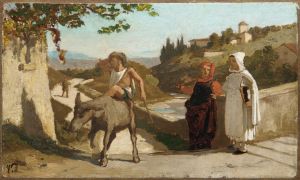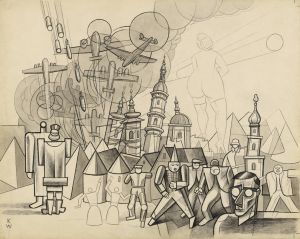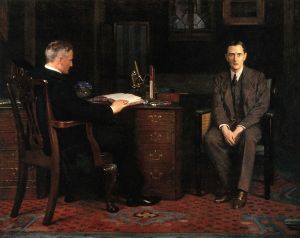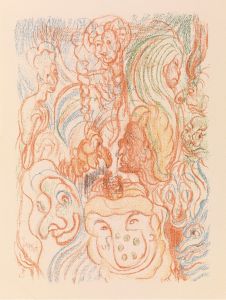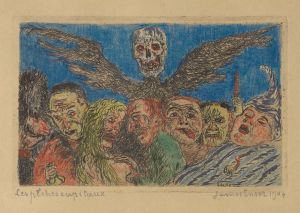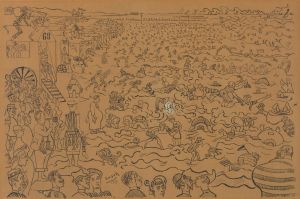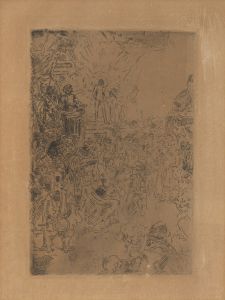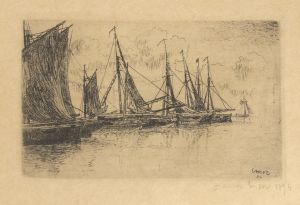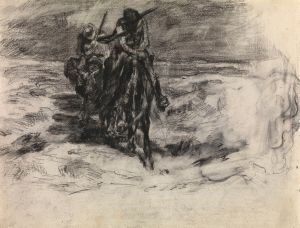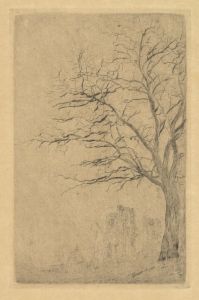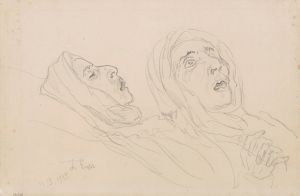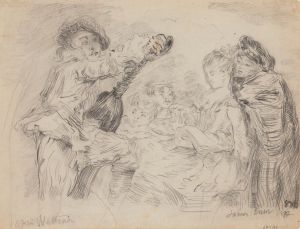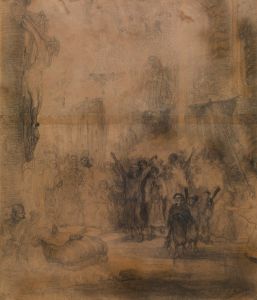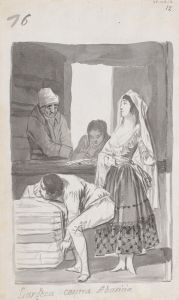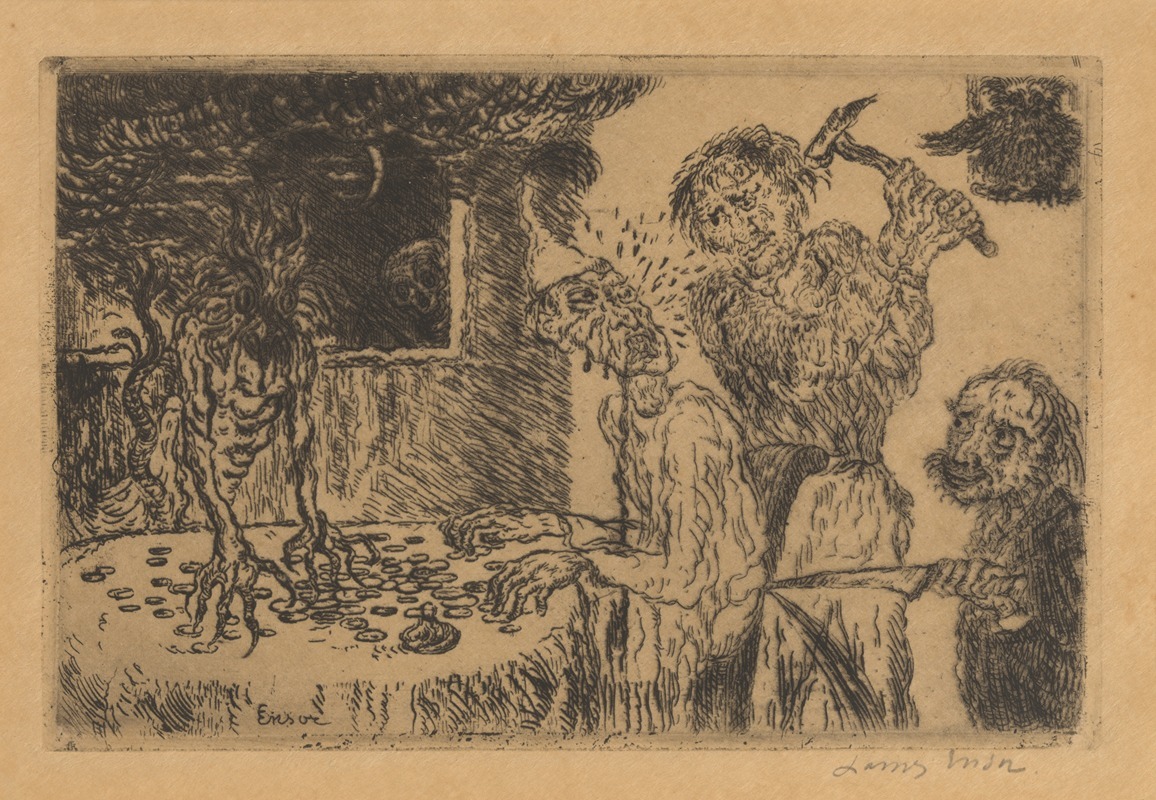
De gierigheid
A hand-painted replica of James Ensor’s masterpiece De gierigheid, meticulously crafted by professional artists to capture the true essence of the original. Each piece is created with museum-quality canvas and rare mineral pigments, carefully painted by experienced artists with delicate brushstrokes and rich, layered colors to perfectly recreate the texture of the original artwork. Unlike machine-printed reproductions, this hand-painted version brings the painting to life, infused with the artist’s emotions and skill in every stroke. Whether for personal collection or home decoration, it instantly elevates the artistic atmosphere of any space.
James Ensor's painting De gierigheid (translated as Avarice or Greed) is a notable work by the Belgian artist, who is widely recognized for his distinctive style and contributions to modern art. Ensor (1860–1949) was a key figure in the Symbolist and Expressionist movements, and his works often explored themes of human folly, mortality, and societal critique.
De gierigheid is part of Ensor's broader exploration of human vices and emotions, a recurring theme in his oeuvre. The painting reflects his fascination with grotesque imagery and his ability to depict complex psychological states. Ensor frequently used masks, skeletons, and exaggerated facial expressions in his works to convey the darker aspects of human nature, and De gierigheid is consistent with this approach.
The painting is executed in Ensor's characteristic style, which combines vivid colors, dynamic brushwork, and a sense of theatricality. His use of distorted figures and surreal compositions often blurs the line between reality and fantasy, creating a sense of unease and introspection in the viewer. De gierigheid exemplifies these qualities, showcasing Ensor's ability to critique societal norms and human behavior through his art.
While specific details about the creation date or the exact context of De gierigheid are not widely documented, it is known that Ensor's most prolific period spanned the late 19th and early 20th centuries. During this time, he produced many works that challenged traditional artistic conventions and addressed themes of greed, hypocrisy, and the human condition.
Ensor's works, including De gierigheid, have been celebrated for their originality and influence on later art movements. His unique vision and willingness to confront uncomfortable truths have secured his place as one of the most important artists of his time. Today, his paintings are housed in major museums and collections worldwide, where they continue to be studied and admired for their innovative approach and profound commentary on human nature.
No further specific information about De gierigheid is available in public records or scholarly sources.





